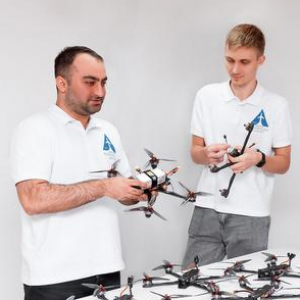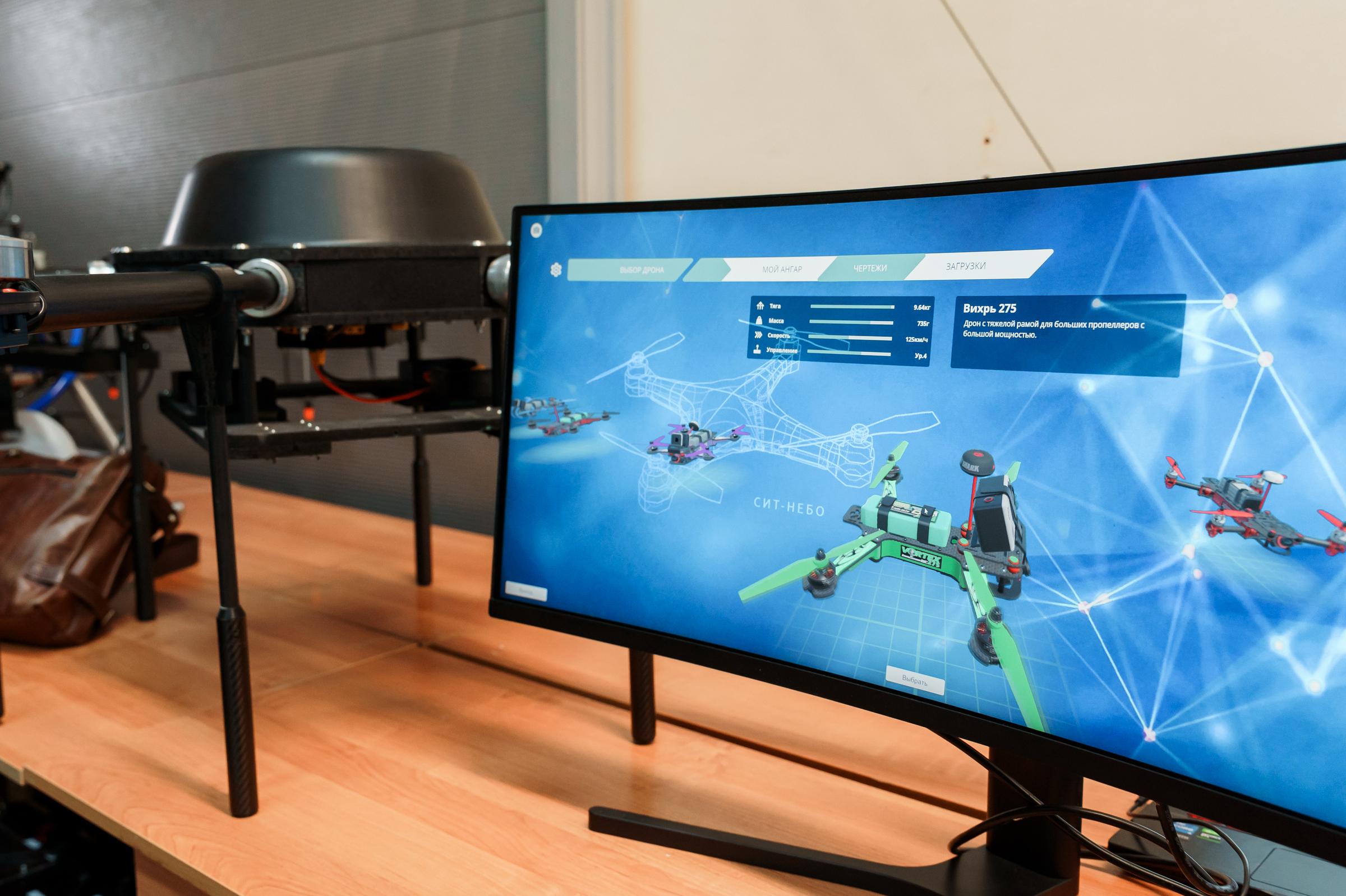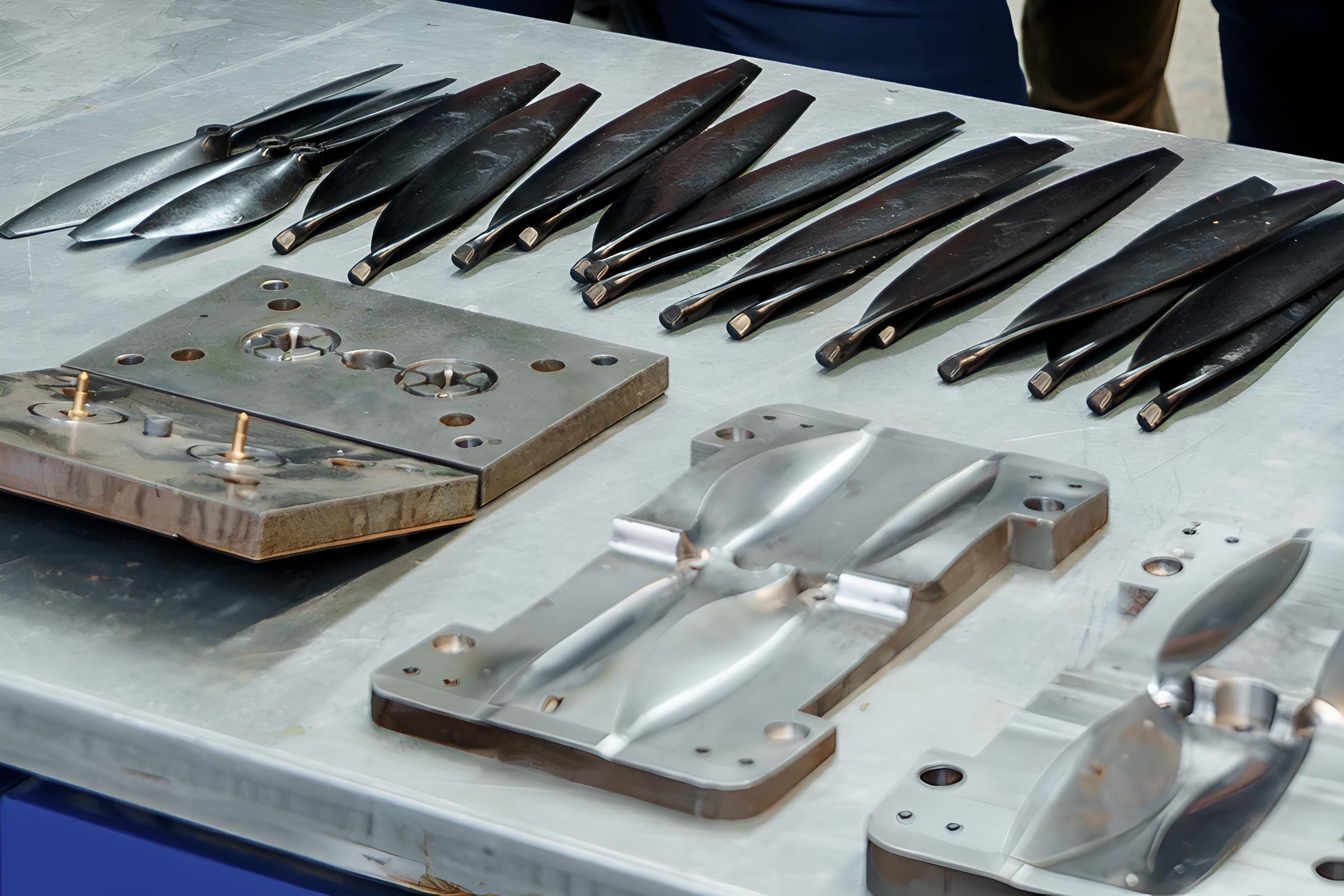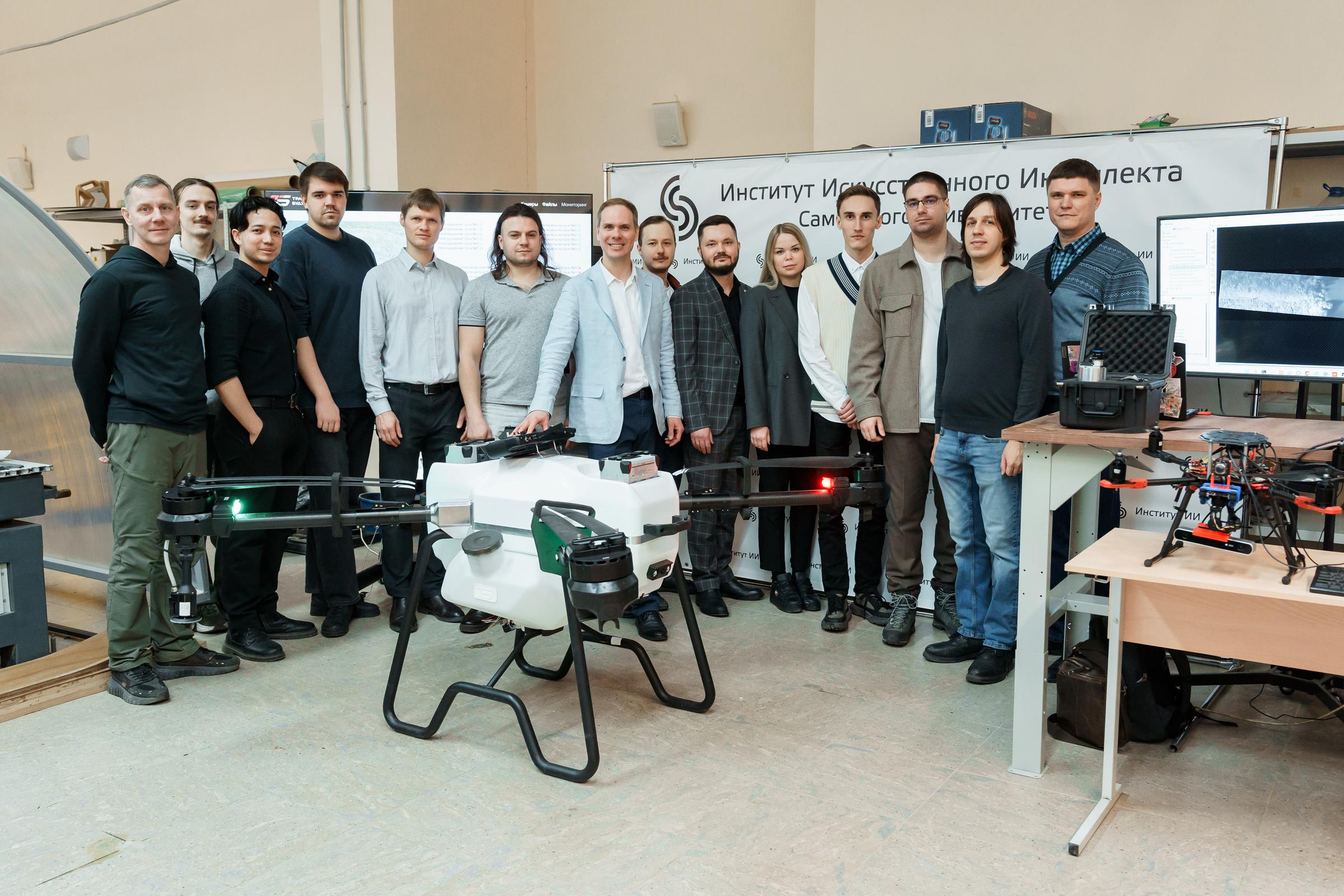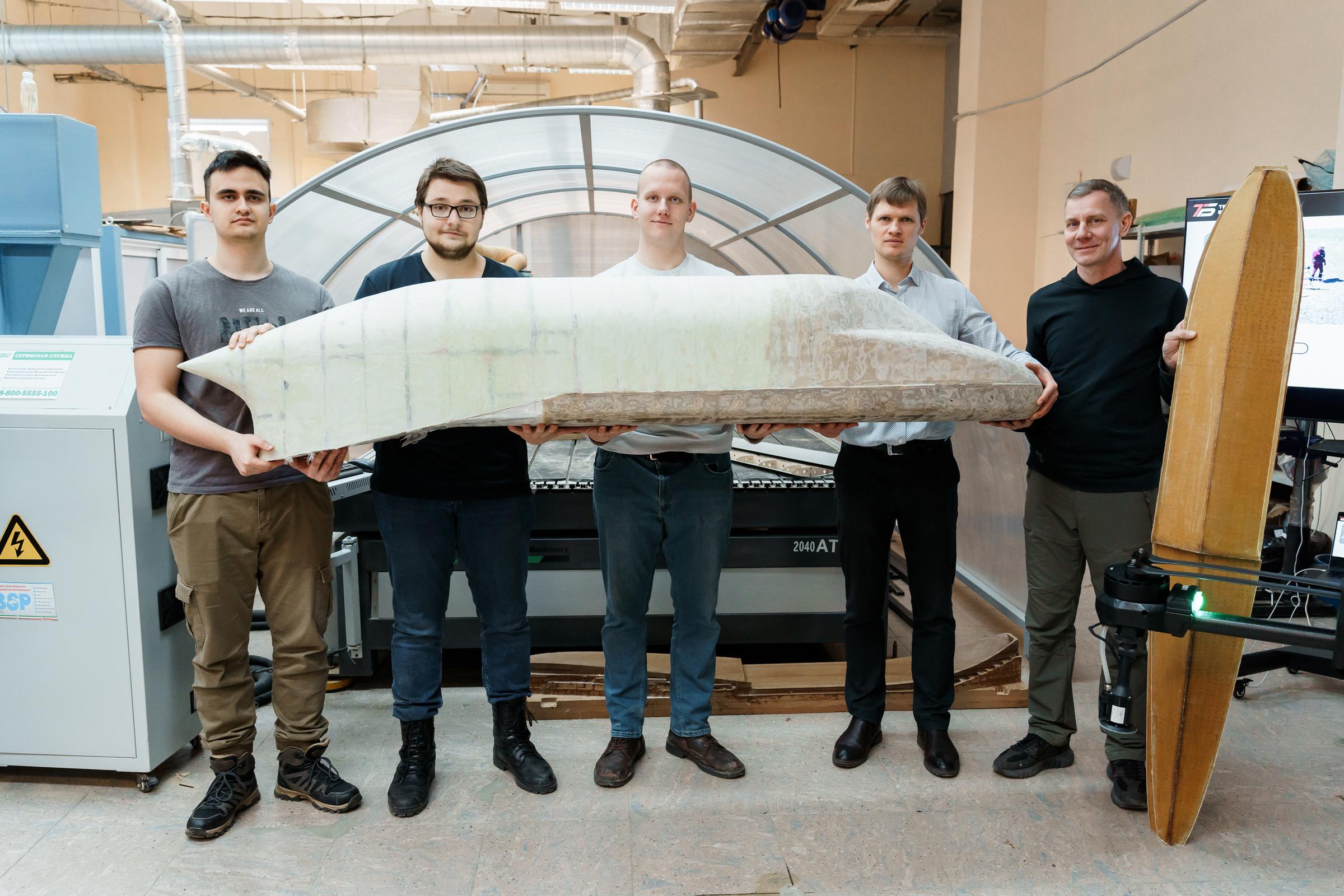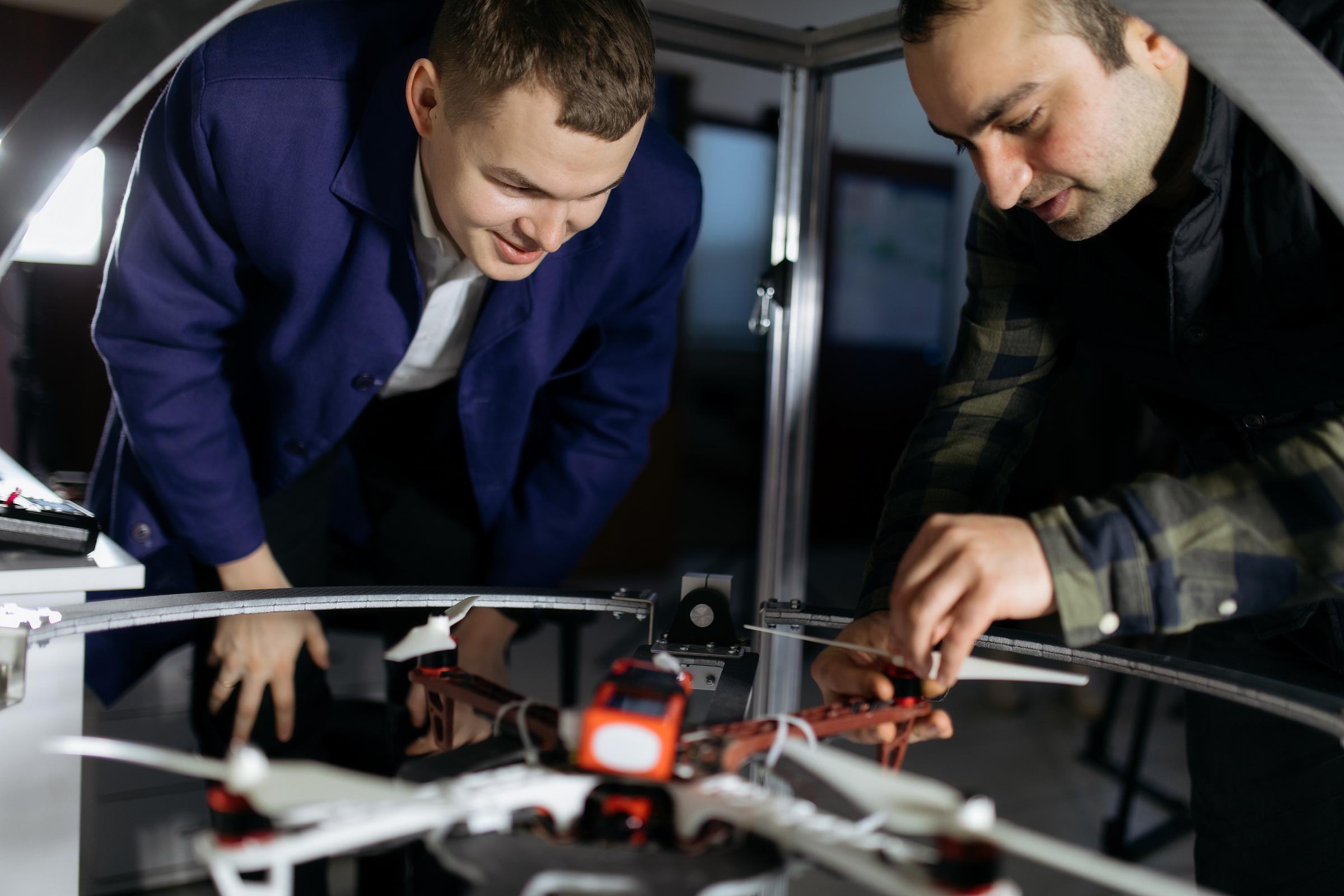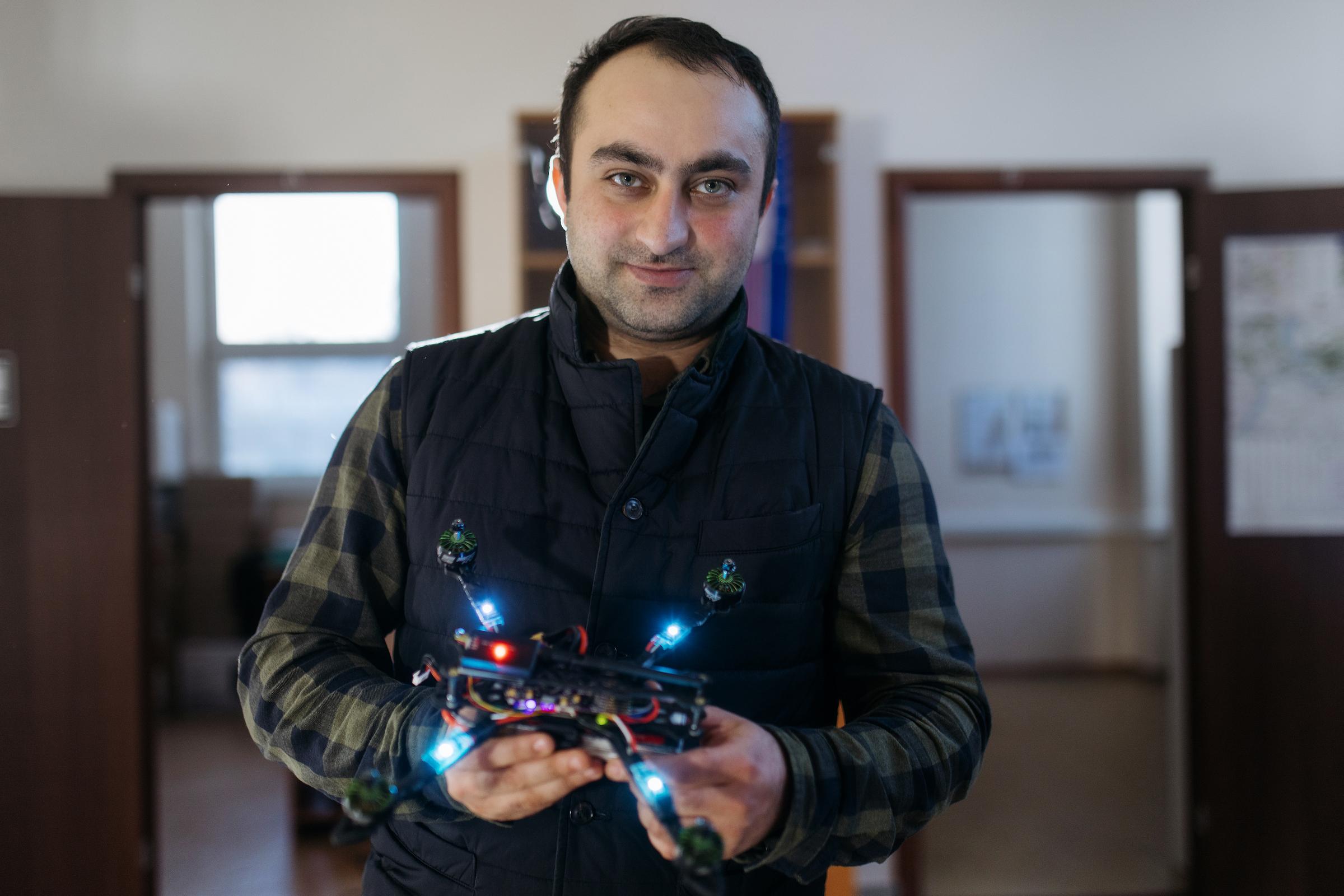By 2030, Russia must become one of global technological leaders in the field of unmanned aviation systems (UAS). Our region claims to become one of the leading centres for their development. Samara National Research University plays a special role in achieving this result.
They not only design drones, manufacture and test prototypes, but also create original components and payloads for them. The University helps industrial partners organize serial production of drones, trains specialists in their operation and external pilots.
Developing, assembling, testing, training
Samara University was one of the pioneers in promoting unmanned aviation systems. It was among the first to join the Aeronext Federal Association for development and operation of UAS and participated in the formation of roadmaps for developing this industry in Russia, first for the period from 2016 to 2020, and then from 2020 to 2030.
Today, at the University, several large scientific and educational departments are involved in designing drones and on-board equipment for them. These include the Institute of Aerospace Engineering (IAE), the Institute of Engines and Power Plants (IEPP), the Institute of IT and Cybernetics (IIC), the Institute of Natural and Mathematical Sciences (INMS), as well as the Advanced Aerospace Engineering School (AAES).
“Combining the efforts of several powerful scientific schools gives a synergistic effect. The design of the drone itself and its engines, the electronic “brain” and the intelligence embedded in them, the control system and communications, even the target equipment that the drone lifts into the air in the customer’s interests – all these have been developed at Samara University”, emphasizes Ivan Tkachenko, Deputy Rector and Director of the IAE.
In December 2016, a team of young scientists, postgraduates and students was formed, which in 2019, received the status of the Centre for Unmanned Systems (CUS). Here, specialized competencies to have been already available at the University were adapted to the “unmanned” specificity, and then new ones were added to them, in particular, in drone assembly and in training external pilots.
“Since September 2019, we have launched the additional professional education program “Basics of controlling quadcopter-type UAVs with the maximum take-off weight of 30 kg or less”. As for the assembly of FPV drones, over a thousand samples were collected in 2023–2024”, said David Ovakimyan, Director of the Centre for Unmanned Systems.
We did it
Samara University has many developments in unmanned systems. Several aircraft and rotary-type vehicles have been designed, built and tested. One of the developments of the Centre for Unmanned Systems in 2024 is a multifunctional hexacopter with a hybrid power facility. Here, a piston engine is combined with a generator and batteries. This ensures a longer flight duration, and the set of six electric motors provides good handling. Having been manufactured, the prototype interested the industrial partner, the Samara-based enterprise “Pegas-Agro”, which produces agricultural machinery.
In the design of Samara University’s drones, various composite materials are used. They are used for making structural elements and important components, such as propellers. And the University’s developments in computer modeling made it possible to bypass the widespread DJI propellers in terms of aerodynamic specifications.
Designing any aircraft begins with selecting its engine. In Samara University’s portfolio, there are also such developments designed for drones. For example, the small MGTD-22 gas-turbine engine with the thrust of 22 kgf, and a single-cylinder piston aircraft engine APD-5 with a capacity of 5 hp.
According to Ivan Zubrilin, Director of Samara University’s Engineering Centre, design documentation have now been released for both engines, and the MGTD-22 and APD-5 prototypes have already passed several stages of bench tests. The program of these tests is extensive, for the purpose, in particular, the MGTD-22 engine is manufactured in 10 copies.
In 2024, with the support of the Advanced Aerospace Engineering School, flight controllers for providing flight control of the drone in conditions of limited reception of the navigation signal, as well as in its complete absence, were developed.
In terms of unmanned vehicles, one of the largest industrial partners of Samara University is the company “Transport of the Future”. Together with the company, the Institute of Artificial Intelligence is developing the unified security ecosystem for domestic drones. There haven’t been such developments in Russia yet, this one will be the first, and in 2024, a number of its important elements have already been created, tested and put into practice.
“The system we have been developing based on artificial intelligence (AI) will make operating drones safe and minimize the number of emergency situations. Besides, this system will establish the industry standard for all unmanned aviation”, said Artem Nikonorov, Director of the Institute of Artificial Intelligence.
Cadres are all-important
The rapidly growing new industry requires specialists who are deeply versed in features of unmanned aviation systems. With this in mind, the Institute of Aerospace Engineering has launched a new bachelor's degree program, “Unmanned Aerial Vehicles”. In 2024, 19 students started studying there. And in the programs of five engineering areas, traditional for Samara University, special disciplines related to unmanned vehicles have been added. In addition to higher education programs, the University currently has 6 advanced training programs that cover a wide range of areas, from the development, construction and programming of unmanned systems to their operation using artificial intelligence technologies.
In 2024, the Federal Air Transport Agency certified Samara University as an aviation training centre (ATC) for training personnel for Russian civil aviation. Extensive experience in training specialists allowed the University to become on a competitive basis one of the providers of the Federal Project “Personnel for UAS”. Within the framework of this project, 378 people have already been trained only under the most popular program “Operator of Unmanned Aviation Systems”, and 129 people have been trained under the program “Designing and Constructing an Unmanned Vehicle”. According to Ivan Tkachenko, enrollment for these popular programs will be increased.
Opinion:
We create drones from scratch
Vladimir Bogatyrev,
Rector of Samara University:
Our University has unique competencies in designing and operating unmanned aviation systems. These competencies cover the entire life cycle of a drone: from the design of the device itself and its power facility, from the development of electronic control system components and software to the manufacturing of the drone “in metal”, testing and mass production.
Now, based on artificial intelligence, we are creating the ecosystem for safe operation of drones and the original laser communication system for them. Compact hyperspectrometers and gas chromatographs developed at the University allow unmanned aerial vehicles to solve a wide range of practical tasks.
The University became a provider of the Federal Project “Personnel for UAS”. We have developed and patented the original simulator for training UAV pilots, and the license for its production has been transferred to our partners. Today, we are not only raising engineers capable of developing and producing drones, but also training specialists who can competently maintain and operate such aircraft.
Source: “Samarskoe Obozrenie” (Samara Review)
 RU
RU  EN
EN  CN
CN  ES
ES 